|
Our final morning and just time to head over to the salt water creek to see if the tide was in, and it was. I wanted to see if I could get some better pictures of the fish in the creek to see if I could identify them. Now everything's relative and the photos are actually pretty rubbish but without getting in the water with an underwater camera which I don't have these were the best that I was going to manage. And surprisingly I've even managed to identify some of them. This I recognised at the time as a puffer fish and its actually a Chequered Puffer Sphoeroides testudineus. And I've even managed to identify these two as well. And the ones on the right with the vertical black bands, probably the commonest species there, are Atlantic Sargeant Abudefduf saxatilis. I haven't been so successful with the crabs yet but I'm working on it. So that's it till we get back there again - these are difficult times not just here but around the world, and our thoughts go out to all our friends and others in Cuba where Trump's entirely vindictive and solely self-serving extra sanctions were already hurting before Covid came along. Fifty years of sanctions have not broken Cuba and they won't now. They won't hurt the leadership but only the people. I will continue to add blog posts with wildlife photos taken by our friends in Cuba though they like us are currently somewhat restricted. But looking through old photos is reliving the moment and the memories.
0 Comments
On the way to breakfast this Red-legged Thrush was busy collecting food for its chicks. A final catch-up with the Zapata Sparrows was the plan for today so Joel picked us up at 08.00 to go over to the cave disco. No sign of them or the Quail Doves but there were two Black Witch Moths Ascalapha odorata taking moisture on an old log and slowly flapping about before returning. That was quite a treat as they are normally very flighty. It is not considered an agricultural pest as its large brownish caterpillars feed on woody legumes such as Acacia, Cassia and Senna. We explored along the road again looking mainly for butterflies and saw a Caribbean Sailor Dynamine serina female as well as Caribbean Banner Lucinia sida and Cuban White Ganyra menciae. As before it was not until back at the car-park that we saw the Zapata Sparrows Close to where we saw the adult Cuban Iguana a few days ago we stopped and spotted a juvenile out on the road. It was only about 400mm long and the first time we had seen a young one. I also saw what I'm pretty certain was a Dusky Swallowtail Heraclides ponceana fly past but it didn't stop. Although pretty rare it is the commonest of the swallowtails that I haven't yet managed to get reasonable pictures of. We continued exploring the area until, for the third day running, we heard a Yellow-billed Cuckoo, this time calling in a tree not far away. I moved forward very slowly until I picked it up in the thick scrub. And at last decent views even though it was against the light. Back on 6 November 1976 I'd had a call from a friend of mine (no mobiles in those days) saying that he had found a Yellow-billed Cuckoo that morning at Pennington Marsh on the Hampshire coast of the UK. It wasn't seen again and ever since I had wanted to see one well. Not just brief flight views but to be able to study it. And this was the moment.. I didn't know anything about their ecology so had to look it up. Only sometimes do they lay their eggs in other birds’ nests, they don’t do this nearly as often as the Common Cuckoo of Eurasia, which made the behavior famous. When outbreaks of cicadas, tent caterpillars, gypsy moths, and other prey create an abundant food supply, Yellow-billed Cuckoos then sometimes do lay their eggs in the nests of other cuckoos as well as in those of American Robins, Gray Catbirds, and Wood Thrushes. And that explains the calling - it must have had a nest nearby. They also have one of the shortest nesting cycles of any bird species. From the start of incubation to fledging can take as little as 17 days! Although born naked, the young birds develop quickly; within a week of hatching the chicks are fully feathered and ready to leave the nest. And if you live outside the UK and are not familiar with the Cuckoo that we get here in summer in alarmingly diminishing numbers you can read a rather salutary piece written here by wildlife champion and writer, and wonderful photographer Paul Sterry. Dragonflies in the genus Tramea have a habit of perching quite high on dead branches which can make photography a challenge. They are known as Saddlebags from the shape of the brown marks at the base of the hindwings. There are six species that have been recorded from Cuba and I'm pretty sure this is Antillean Saddlebags Tramea insularis.
We enjoyed it so much yesterday that we decided to come back here again and we picked up our guide on the way to save him having to walk all the way there. As we walked up the hill there were two young Red-tailed Hawks calling incessantly. I've noticed that newly fledged Buzzards here at home do the same and I'm presuming that they are just letting their parents know that they are hungry. And again we saw Yellow-billed Cuckoo and Northern Flicker and several other of the common endemics - what a lovely piece of woodland this is. And the butterflies didn't disappoint either with Zebra Heliconian Heliconius charithonia, Cuban Snout Libytheana motya, Many-lined Daggerwing Marpesia chiron and even a beautiful Red-striped Leafwing Siderone galanthis that glided around before settling in front of us. We also found a small Cecropia tree with the distinctive feeding damage of Mosaic Colobura dirce larvae but they were long gone. Back down in the horse field next to the road we added another skipper that we hadn't seen yesterday - a Eufala Skipper Lerodea eufala and we saw again many of the species that we had noted then. And again it was nice to get up close and personal with Cuban Mercurial Skipper Proteides mercurius. And this dragonfly has me a little puzzled. It has been suggested that it is Seaside Dragonlet Erythrodiplax berenice again but the makings on the sides seem significantly different to those we've seen previously. But I can't think what else it is. I managed slightly better pictures than yesterday of the Tricolored Munias, though not much better. And this is just so, so sad. No animal or bird should be subjected to this. It is frankly an utter disgrace that a globally endangered bird should be kept like this. And for what - just the mindless pleasure of an unthinking human. And I'm not singling out Cuba in this regard though it is a big industry in Cuba as it is in many other countries around the world. Here in the UK it is much less of a problem I think though we certainly have more than our share of stupid unthinking humans - I could name quite a few in our current government.
We were a bit later leaving today than we had intended as Jo the taxi driver we had arranged didn't turn up, but as there was another taxi outside the entrance we used him instead for another trip to Loma de Cunagua on the mainland. Once there we met our guide Neolbert who took us for a walk up the hill through the forest. Lots of birds including Yellow-billed Cuckoo, Ani, Tody, Trogon, Western Spindalis, Key West Quail-Dove calling, 2 Northern Flicker and several other woodpeckers including a Fernandina's Flicker which we really hadn't expected to see here. There were several reptiles including Anolis lucius and Anolis equestris - another great find. We added a couple more butterflies to our growing list - White-angled Sulphur Anteos clorinde and a Stinky Leafwing Historis odius which was flying around this tall Cecropia peltata tree which is its foodplant. We also added Singularis Skipper Euphyes singularis which was the only one of the trip and Bush Sulphur Pyrisitia dina and a pair of Julia Dryas iulia in cop. I'm trying to identify two larvae that we found. One is a Sphinx or Hawk-moth larva and I'm sure someone will know it but the other is a geometer and will I expect be rather more difficult. Thank you to Carlos de Soto Molinari from DR for the id's added below. There was a deluge of rain during supper in the evening that brought out the frogs. This Eleutherodactylus planirostris was outside our room and another one that we hadn't come across before.
We sat watching the juvenile Green Heron at breakfast in what is called the VIP restaurant overlooking the lagoon. The heron had grown quite a bit in the last few days and was quite alert and watching for its parents bringing in food. After a good stretch it started clambering about in the mangrove bush and fending off the unwanted attention of the Grackles if they came too close. On the edge of the lagoon a juvenile Yellow-crowned Night Heron was already independent and looking for its own food. Later we walked to the Zestos Skipper site in the forest but there was no sign of them today though there were a few other things including another Cornelius Skipper Euphyes cornelius and two Mangrove Skipper Phocides pigmalion.
We had planned a trip across to the mainland with Paulino the bird guide, and were so glad we did. He picked us up at 06.30 and we set off across the causeway stopping occasionally to see birds. Apart from the stilts were a few other waders, flamingos, lots of herons and egrets, Roseate Spoonbill and Wood Stork. We drove south to the town of Moron and then turned east towards Bolivia. Along the way we stopped - and saw a Limpkin - until we came to the Loma de Cunagua on the north side of the road. This is a reserve but there was no guide here today so we had a look for butterflies around the buildings and saw Many-banded Daggerwing Marpesia chiron, Gray Cracker Hamadryas februa, Impostor Duskywing Gesta gesta and both De Villiers and Polydamas Swallowtail Battus polydamas. There was also Tawny-shouldered Blackbird and Shiny Cowbird here. As we got back to the main road Paulino pulled over as he had briefly seen a Tricolored Munia. It took a while searching but we did eventually find it. It was then that we noticed lots of butterflies in the small horse paddock by the road so stopped to watch for a while, before going round to the house on the opposite side to get permission to enter, which they were happy for us to do. And here we found a small flock of about 20 Tricolored Munias. They were quite wary which I can only put down to the fact that they don't like being caught and put in cages, which happens a lot with many small birds in Cuba! The field had lots of Blue Porterweed Stachytarpheta jamaicensis (horses don't like it apparently) on which were nectaring many butterflies. There were several Sleepy Orange Abaeis nicippe and other Pieridae and the occasional polydamas, but it was the variety of skippers Hesperiidae that amazed us, 16 species in all in about an hour, nine of which were new for the trip. We have never seen anything like this number of skippers in one field at one time before. We have only once before seen both May's Skipper Proteides maysi and Mercurial Skipper Proteides mercurius at the same time. Caribbean Faceted Skipper Synapte malitiosa and Cuban Broken-dash Wallengrenia misera are superficially similar but the white line above and behind the eye is always more striking on S. malitiosa and the antennae tips are black ans white rather than black and orange. There were several Purple-washed Skipper Panoquina lucas and whilst photographing these I remember noticing another that looked good for Ocola Skipper Panoquina ocola so spent a while ensuring that I had good enough pictures. Luis Hernandez (2004) reported that this was very rare but widespread in Cuba and sometimes flies with P. lucas. We have certainly never come across it before and to be honest it had slipped my mind until now to check on the pictures. I would have liked to have seen the upperside to check the white dots but unfortunately didn't get a chance, but the paler colour and lack of the row of white spots on the underside hindwing do clinch it I believe. They are quite variable but normally only have two white spots on the forewing and this has three but because of its rarity the only picture of it previously taken in Cuba that I know of is on the species page. We'll see what the experts say. I think Paulino would rather have been birding but hey, we were paying and having a great time. And at last another dragonfly other than Seaside Dragonlet. I think these are both Oriental Scarlet Crocothemis servilia but I'm a bit surprised that the second one doesn't appear to have any reddish shading at the base of the hindwings. And to finish up with is a picture of a newly fledged Northern Mockingbird that was sitting on a small pile of logs waiting for its parents to come and feed it.
Although we had seen Zapata Sparrow at Zapata on one of our early trips to Cuba we hadn't seen it since. There are just three small populations of this highly endangered endemic and oddly they are found in three completely different habitats. At Zapata they are found in extensive sawgrass that is flooded during the summer, at Baitiquirí near Guantanamo in the east it is found in very dry thorn and cactus scrub, and at Cayo Coco in the north it occurs in dry forest and thickets (Garrido & Kirkconnell, 2000). And nowhere else on the planet! We got a taxi this morning back to the Wild Boar Cave disco and no luck for quite a while so we went off for a walk along the road only to find when we returned that one had been looking in the taxi wing mirrors and feeding in the car park. We saw three here and they were very tame and gave fantastic views. We also saw Cuban Bullfinch, Cuban Emerald, Black-whiskered Vireo, Zenaida Dove and a Cuban Green Woodpecker was nesting in a tree in the car park. There were quite a few butterflies along the roadside (about 25 species) including Caribbean Banner Lucinia sida, Cornelius Skipper Euphyes cornelius, Florida White Glutophrissa drusilla, Mallow Scrub-Hairstreak Strymon istapa and Florida Duskywing Ephyriades brunnea. We stopped at Playa Prohibida for a cold drink at the snack bar there before heading back for lunch and walking out later to the trail where we had seen the Zestos Skipper Epargyreus zestos. I saw another rather worn individual in the same place and our first Mangrove Buckeye Junonia neildi of the trip. I also had brief views of a small day-flying Hawk-moth (Sphinx) in the genus Aellopos with a white band across the abdomen. There are five species recorded from Cuba though one doesn't have the white band so it's narrowed down to four and that's as far as I can get without pictures - one that got away.
The Cuban Iguana (Cyclura nubila) is a very handsome beast which can grow up to 1.6m although this one was a bit smaller I think at around 1.2m at least. They have declined about 10% in the last 10 years which is thought to be mainly due to predation by rats, cats and dogs, and by destruction of their habitat - mainly construction of resorts on the beaches where they breed. It is also said that they are rarely used as food by Cubans but the people that we speak to about this tell us that they are hunted and they taste good. They are 95% herbivorous feeding on leaves, flowers and fruits with the remaining 5% being made up of scavenged corpses of birds, fish and crabs. Females deposit their eggs in the same nesting sites each year and often several nests are found close together. It is always a good day when we see one so today was definitely a good day! We had booked Paulino the local bird guide for a half day to show us some of the specialities. He arrived at 06.30 in his 1955 Chevrolet (he was its second owner) and off we went to the Wild Boar Cave which doubles as a night-club but is also a good area for birds - but not this morning. No sign of the Zapata Sparrows or Key West Quail-Dove though we did hear the latter with its very deep call. And we did see an obliging Oriente Warbler. We heard Yellow-billed Cuckoo and Lynn probably saw another Caribbean Metalmark. But we pushed on to find Bahaman Mockingbird on Cayo Guillermo. We stopped opposite the Hotel Playa Pilar where we had seen lots of white butterflies as we came past on the bus a few days before. They were still there and it turned out there were a small number of Cuban White Ganyra menciae but were largely Great Southern White Ascia monuste (at least 150 of them) all flying around a couple of bushes on which they were clearly breeding as we watched them laying and found larvae and pupal exuviae. It was quite a spectacle. It took a while but Paulino did find us the Bahama Mockingbird. They are a plainer grayer version of the very common Northern Mockingbird but these are very scarce and restricted on Cuba to the Cayos in this area. The wings lack the white wing patches of Northern Mockingbird and we had good views through the scope but it was a bit too far for decent pictures with just a 200mm lens. We did later get some nice views of Bahaman Swallowtail Heraclides andraemon.
We took another trip on the bus today to Cayo Guillermo and the American Flamingos were rather more obliging. There was a group of four that wasn't too far away and provided some nice views as they foot-paddled and displayed in between bouts of feeding. The only Odonata we have seen so far on this trip have been Seaside Dragonlet Erythrodiplax berenice and at last I've managed some pictures I'm reasonably happy with. Nickerbean Blue Cyclargus ammon and White Peacock Anartia jatrophae are both common and widespread species but the Phaon Crescent Phyciodes phaon is much scarcer and we have seen it on less than half out trips to Cuba and we found a few again at exactly the same spot that we saw them three days ago. Smooth-billed Anis are very social birds and its not unusual to see ten or more in a group. We often hear them before we see them. They are so social in fact that females lay all their eggs in a single communal nest tended by all group members though it is quite usual for only the later ones to be laid to be the ones to hatch. Juvenile Smooth-billed Anis that hatch early in the summer often stay with their family group as the birds begin a new nest, and the newly fledged birds then help feed youngsters from the second nest. They are omnivorous and eat insects, fruit and even reptiles if they can catch them. One of the main reasons to come back today was to get better pictures of the rarely photographed Cuban Spiny-plant Anole Anolis pumilus which I managed to do though I would love to know more about them. Cuban Striped Curlytail Leiocephalus stictigaster is really very common on both islands but I haven't seen one before with this reddish colouring on the hind legs - perhaps it is a male.
There is a small restaurant at the Hotel Melia Cayo Coco in one of the buildings built in the lagoon and we went there for breakfast this morning. Just outside the windows were two mangrove bushes and in one of them There was a Greater Antillean Grackle nest and in the other a Green Heron nest from which a youngster had recently fledged. Apparently the Grackles had taken one of the two eggs early on. A walk around the lagoon later produced some other nice birds including Cuban Lizard Cuckoo, Cuban Today, Tricolored Heron, Cuban Martin, American Kestrel and Red-legged Thrush which is the Cuban national bird. And while watching a Cuban Snout Libytheana motya I became aware of a small bird flitting around me giving alarm calls. It was a Cuban Gnat-catcher carrying food so it must have had a nest nearby. I took a few frames and moved out of its way so it could get to its nest. Once again there were hundreds of Pygmy Blue Brephidium exilis, and also about 50 Lyside Sulphur Kricogonia lyside, Mangrove Buckeye Junonia nieldi, Florida Purplewing Eunica tatila and the Caribbean Daggerwing Marpesia eleuchea had increased from two yesterday to fifteen today. They all looked very fresh and were nectaring on the Black Mangrove Avicennia germinans. Around the climbing frame were about 50 freshly emerged Ceraunus Blue Hemiargus ceraunus.
|
Welcome to our Blog
Here we will post interesting news about what we and others have seen in Cuba. Archives
July 2024
Categories |










































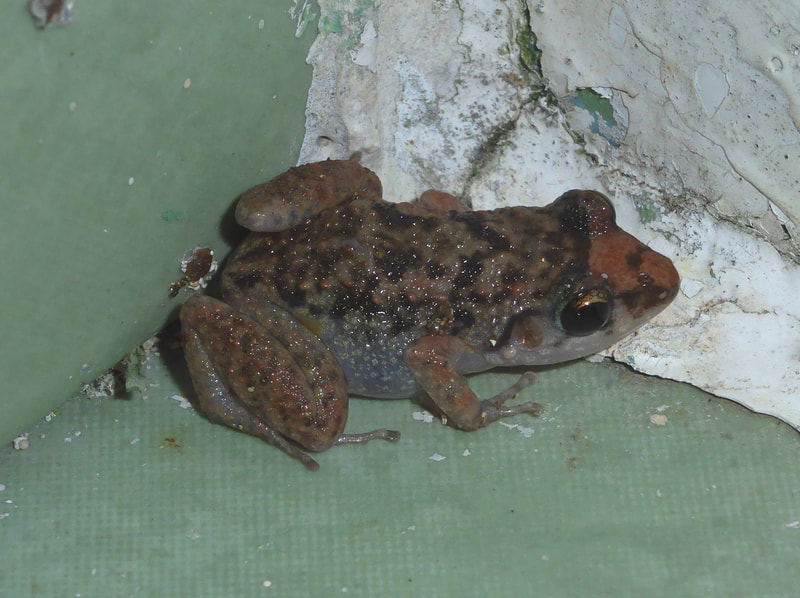




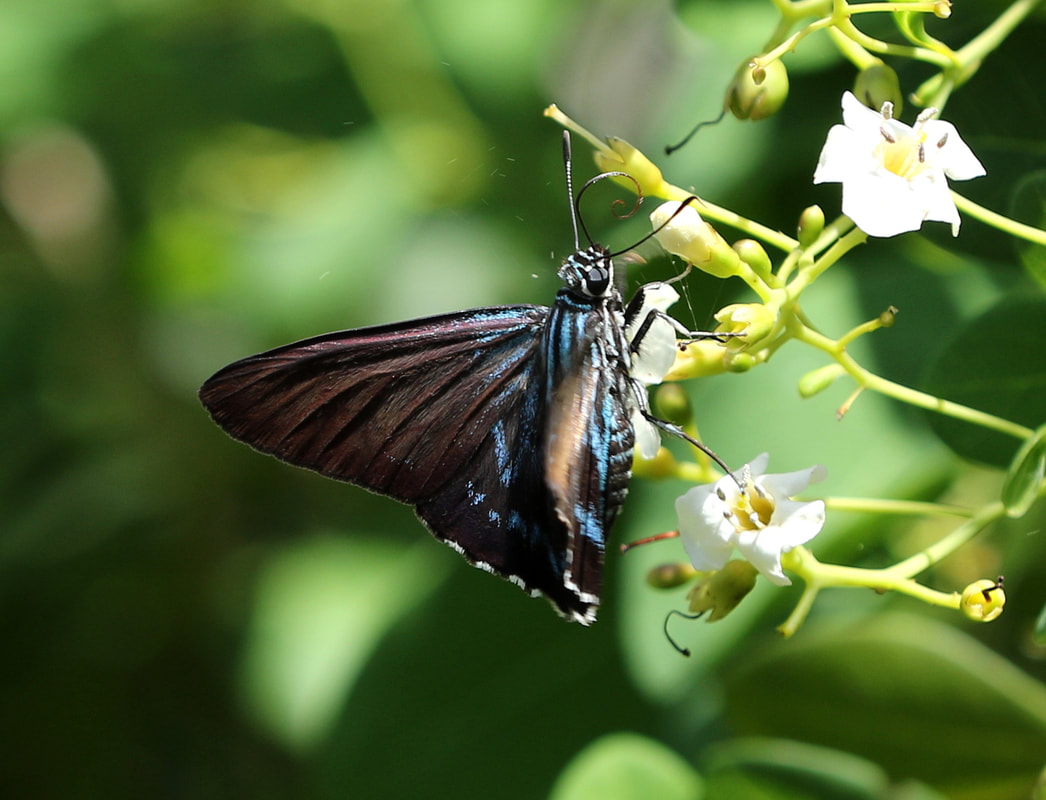














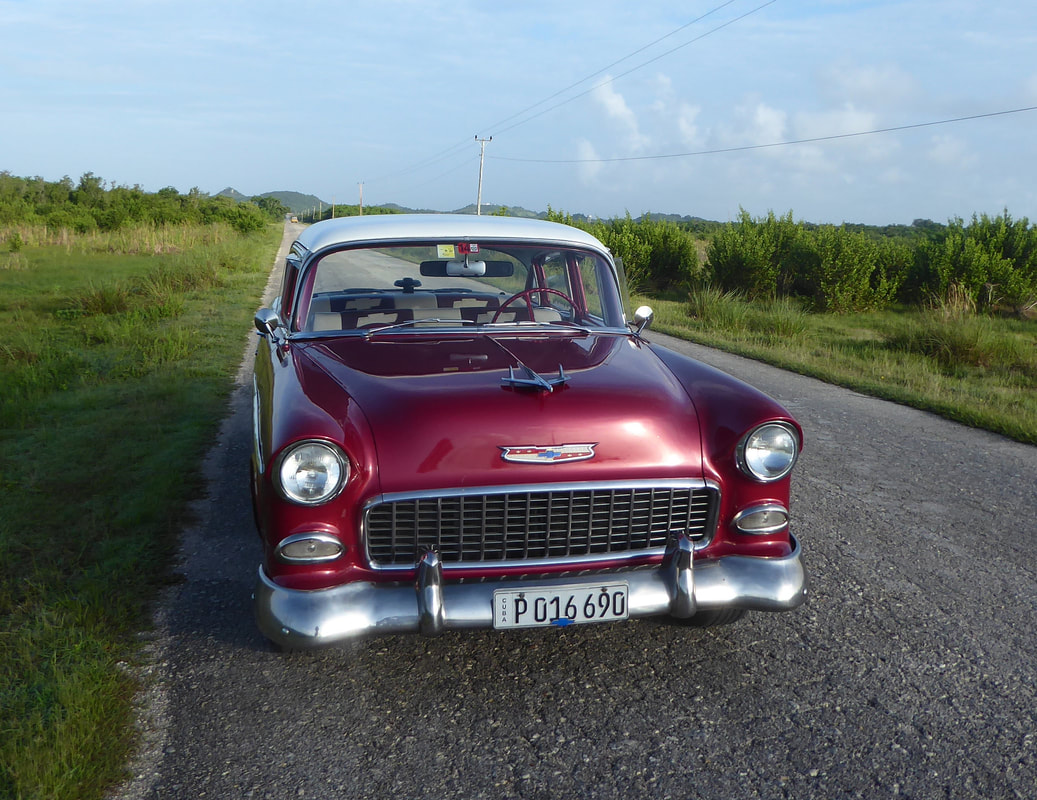












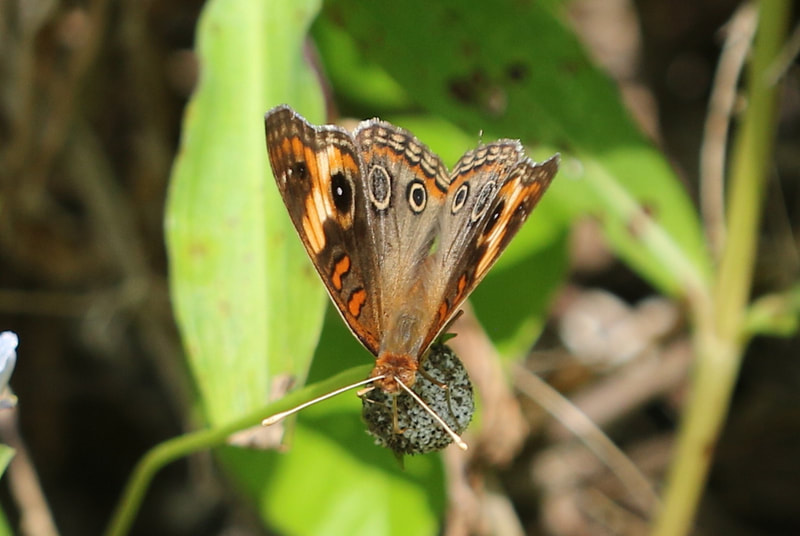








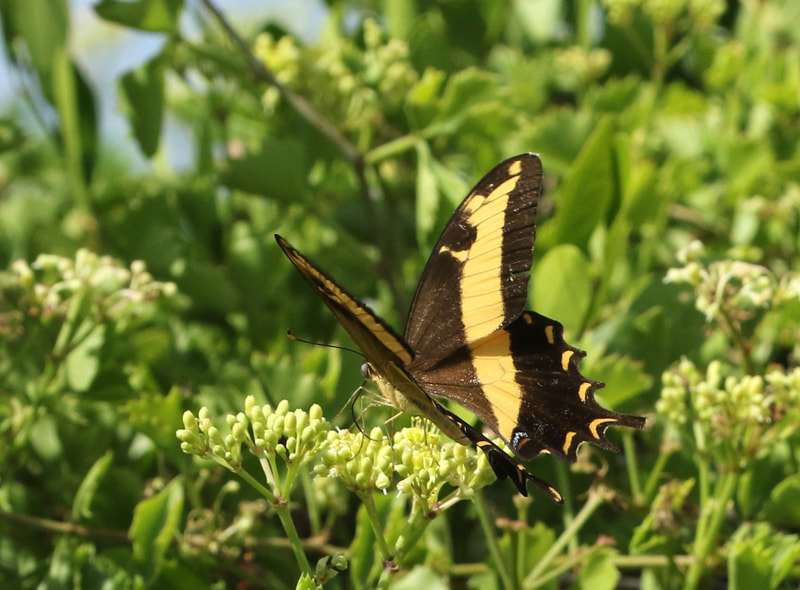
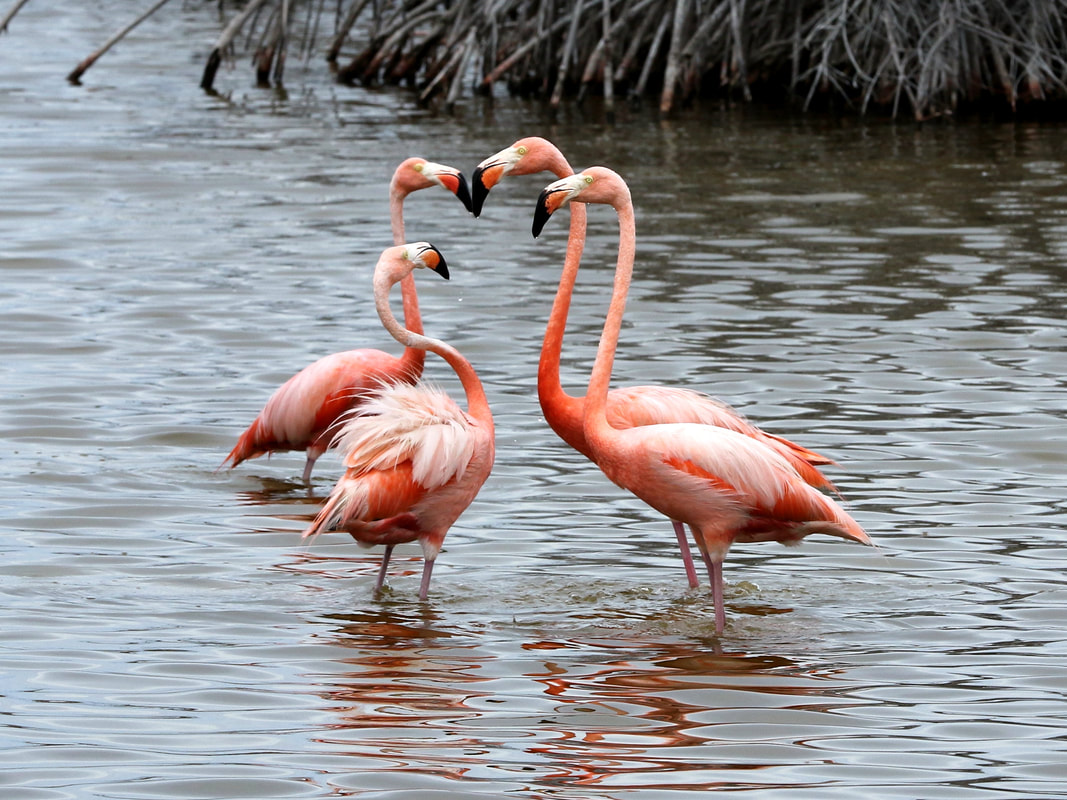


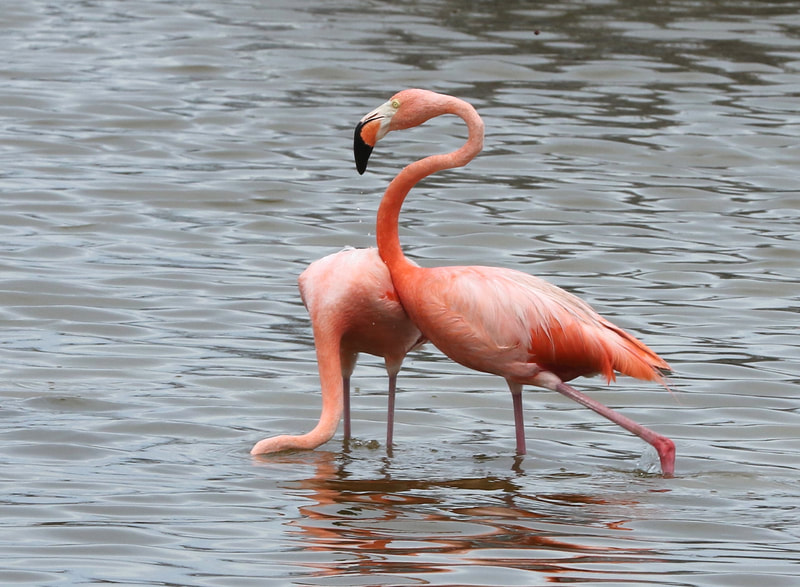


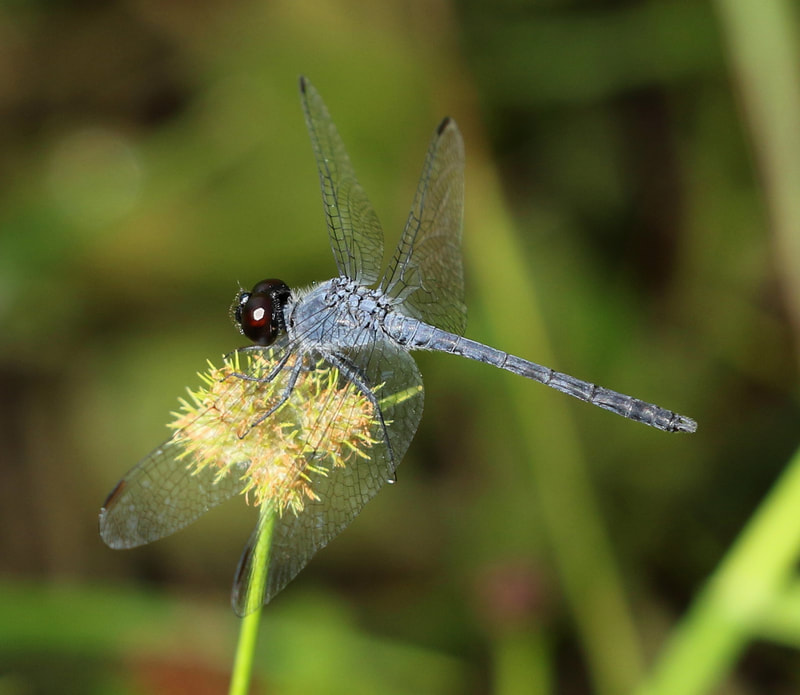



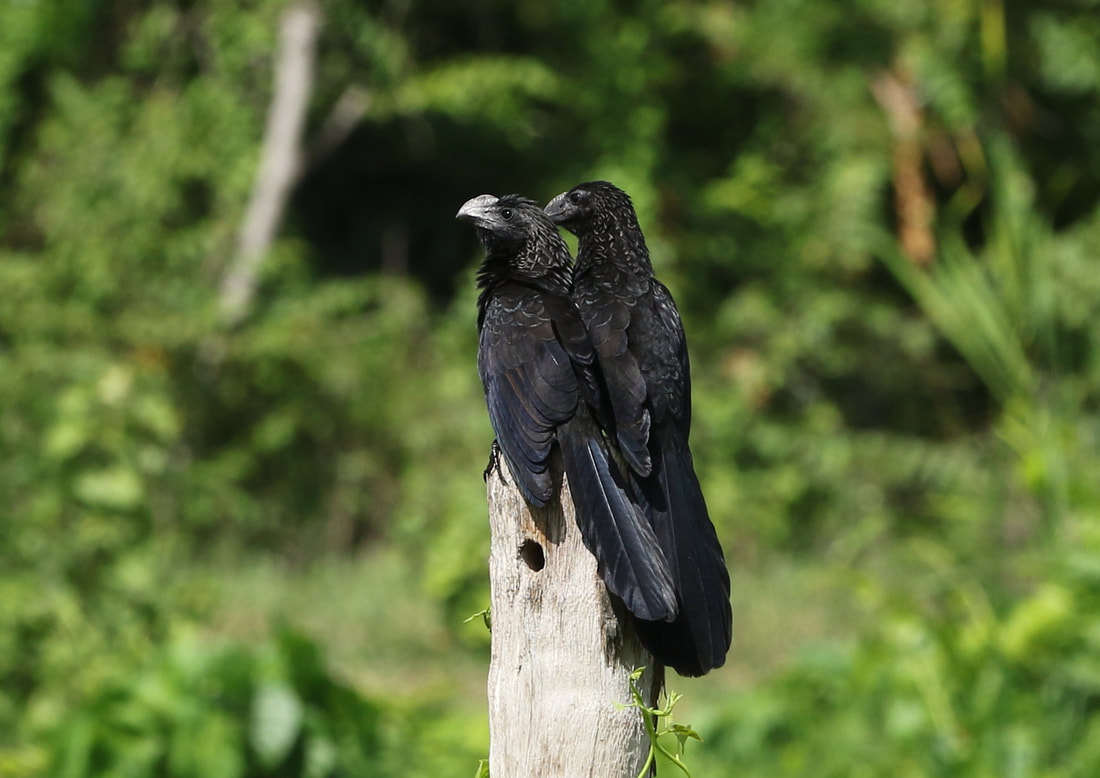


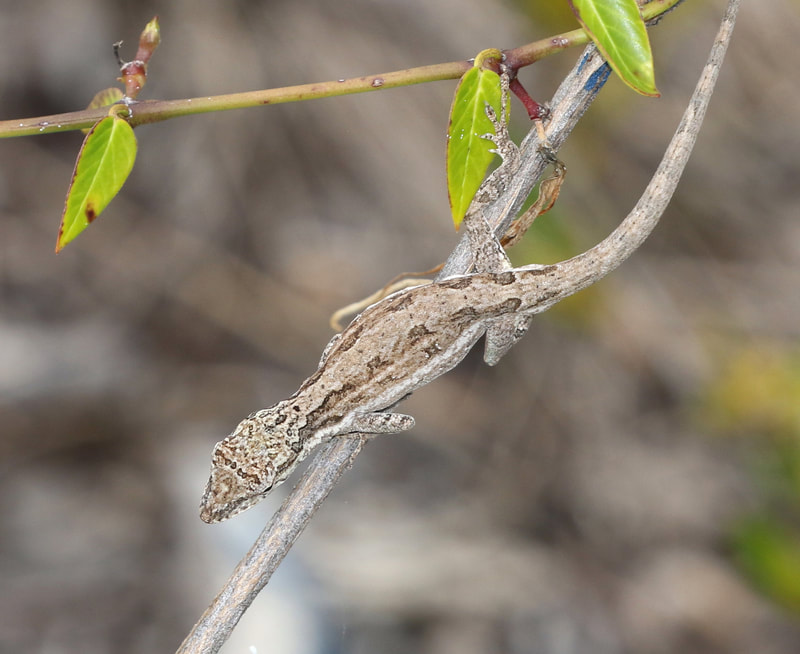





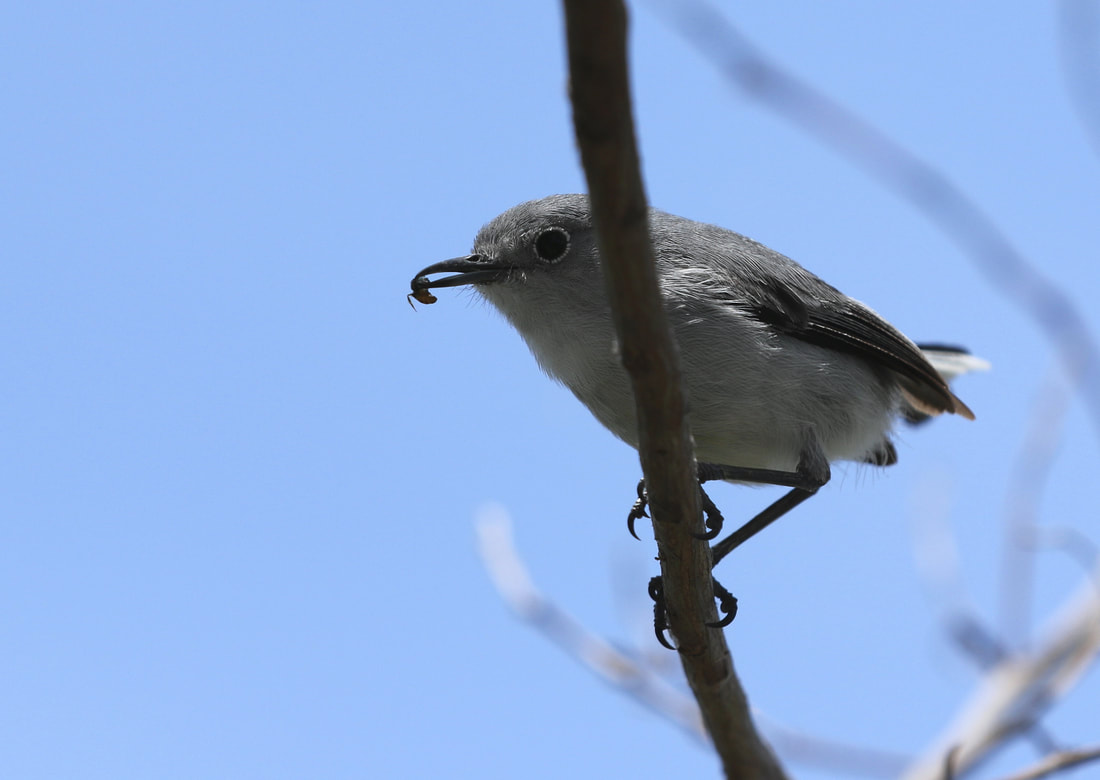



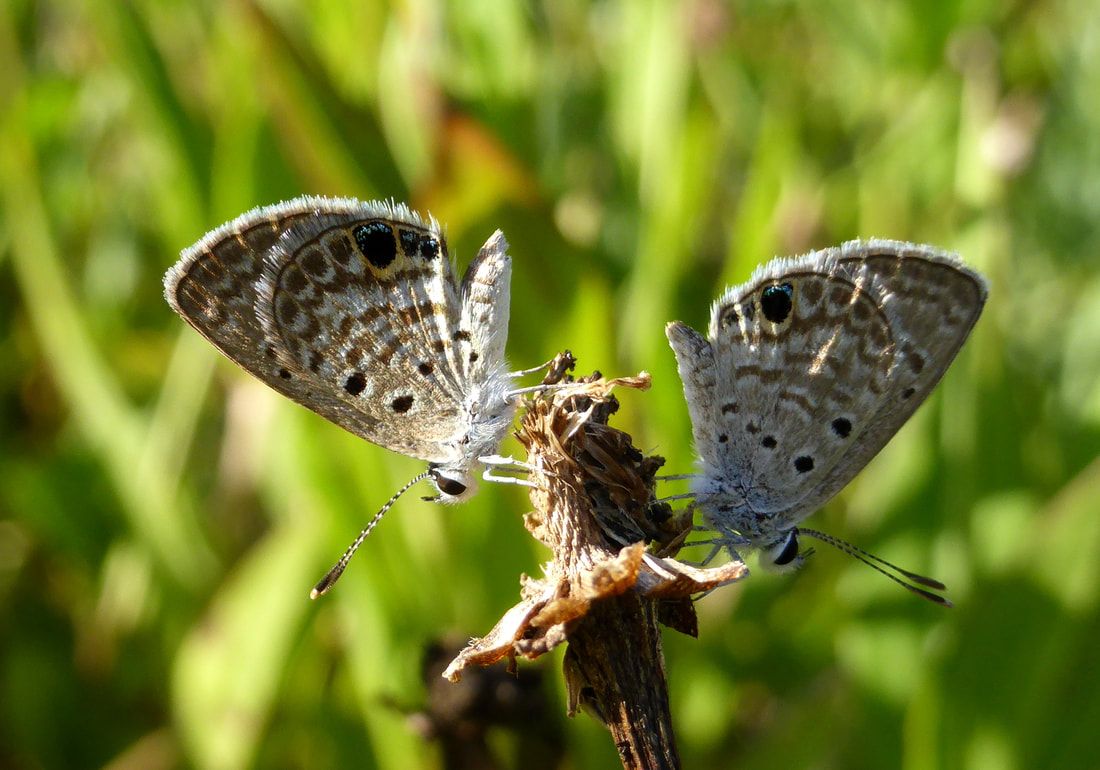
 RSS Feed
RSS Feed